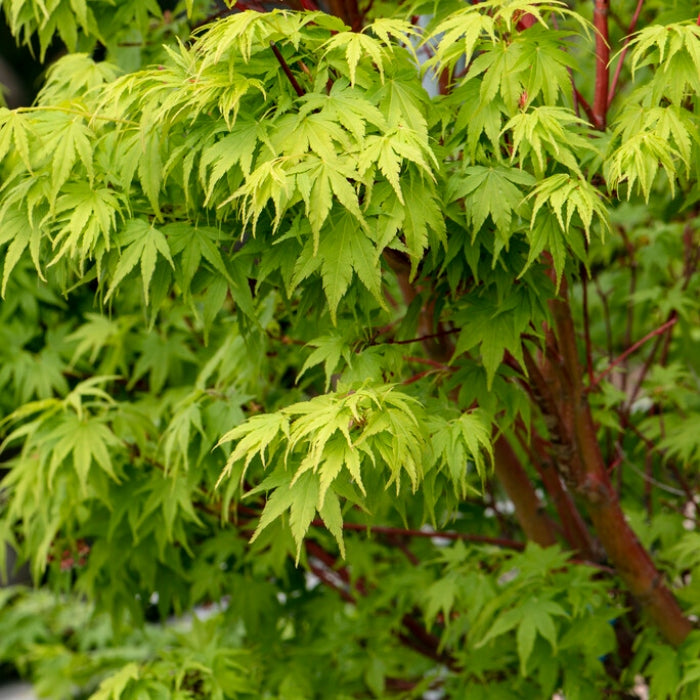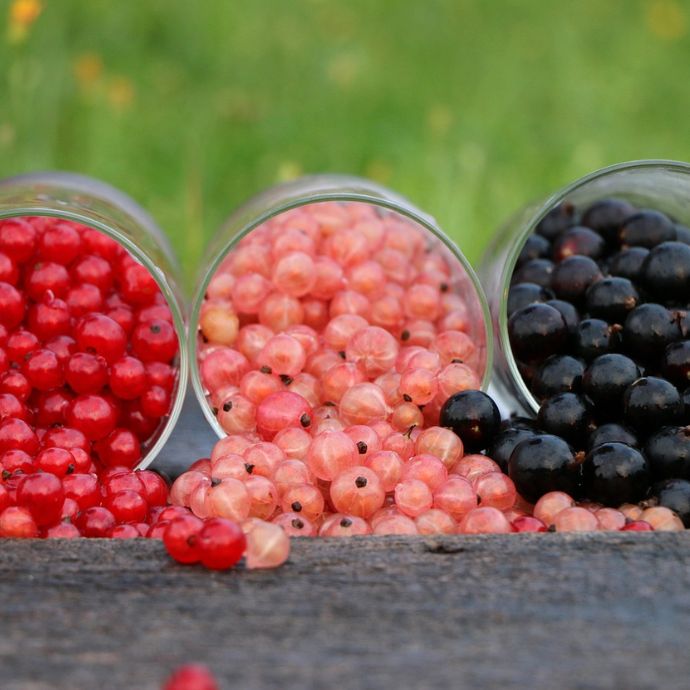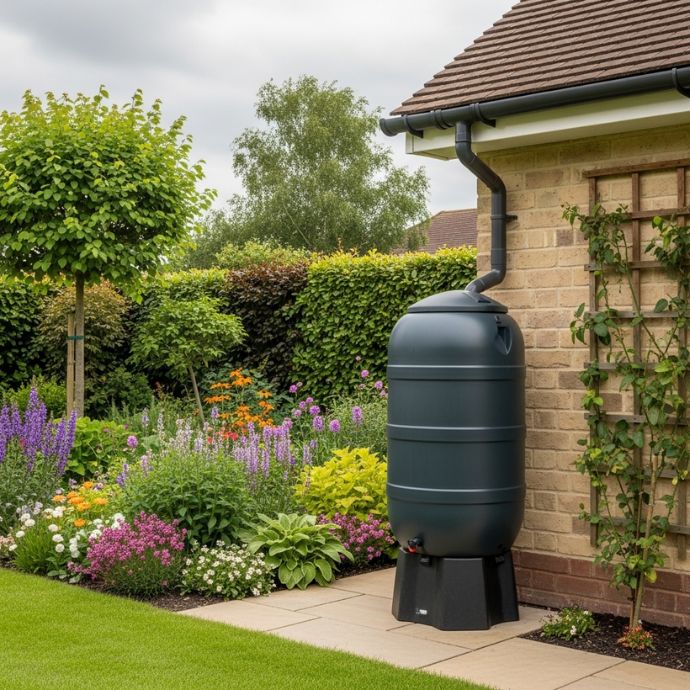Growing Onions: The Complete Guide
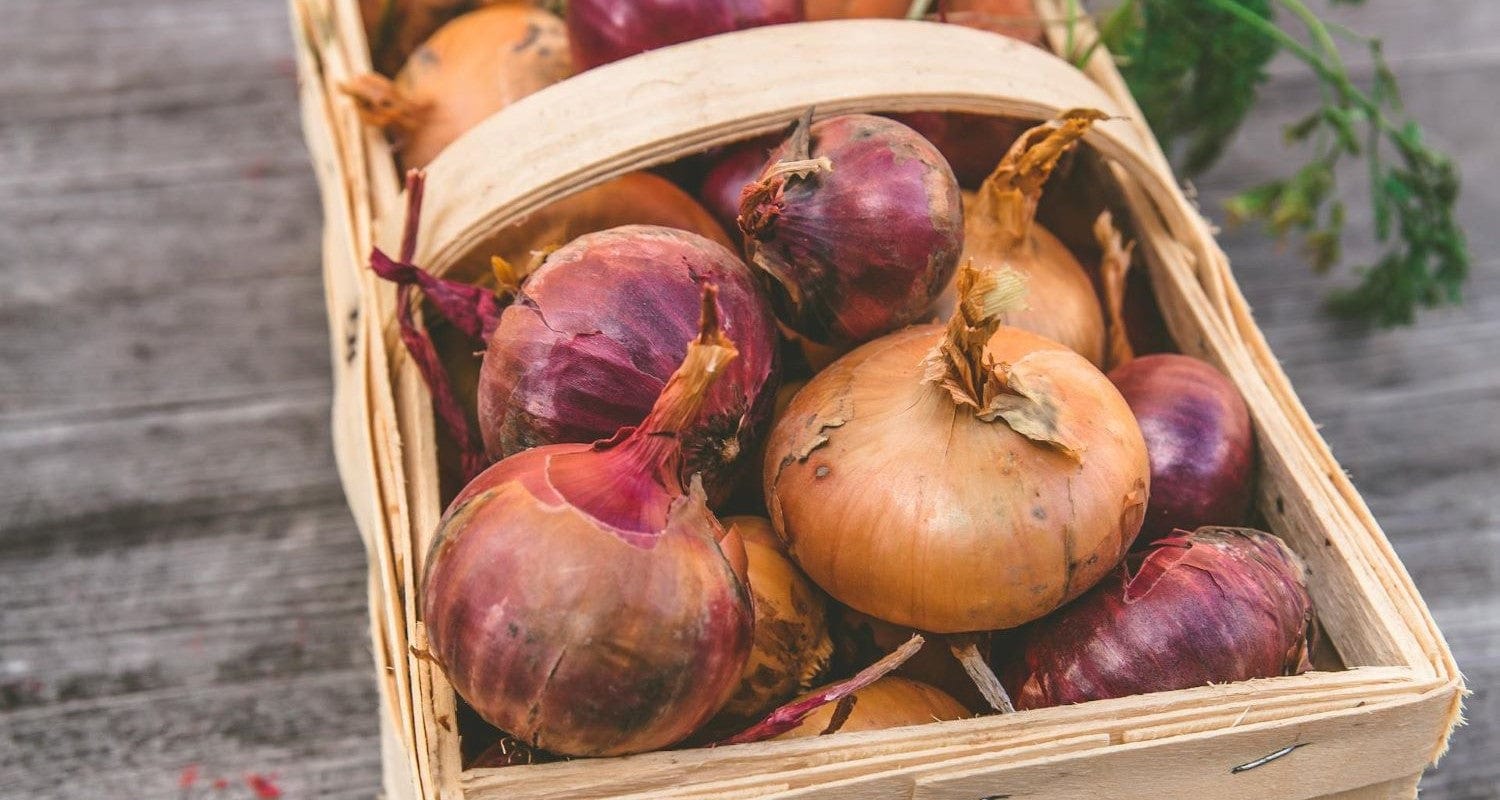
Why grow your own onions? They’re cheap enough in the shops, after all. But you won’t be surprised to hear that the home grown version tastes a whole lot better and fresher!
In addition to that, there are all sorts of lovely varieties to choose from, whether you prefer white or red onions, or even shallots - they’re all grown in the same way.
The plants take up very little planting space as they don’t spread out much. Then there’s the convenience of stepping into your garden and pulling up an onion whenever you need one.
Even better, planting onions alongside your other vegetable crops will help to keep pests away, as they don’t like the smell (their loss). You can even just pop a few in the spaces between your other plants.
Tempted? Whether you’re starting with sets, seed or plants, our expert growers have made it easy for you to enjoy great results with this handy guide.
Jump to:
- Growing from seed
- Growing from sets
- Growing from plants
- Plant care
- Harvesting and storing
- Problem solving
Growing onions from seed
It may take a bit more time and effort, but growing from seed is the cheapest way to grow onions. Start your seeds indoors in January to get a head start, in pots or seed trays, about 1cm apart. Once the seedlings are about 8-10cm tall, you can prick them out (separate them) into pots of general purpose compost until the last frost date has passed and it’s warm enough for them to go into the garden. Plant your young onion plants outside 10-15cm apart, with 20-25cm between rows if you’re making more than one.
Growing onions from sets
It’s easier to grow from sets, which you can buy for spring or autumn planting. Sets are just small onions which will grow into one full sized onion each. They tend to be heat treated, which has the advantage of making them less likely to bolt (produce flowers). To plant your sets, simply push each one into the soil with the root end (the flat bit) downwards. Leave the pointy tip of the set poking out slightly and firm the soil around it before watering. Sets should be planted approximately 10-15cm apart, but check the packaging or plant info for the particular variety you’re planting.
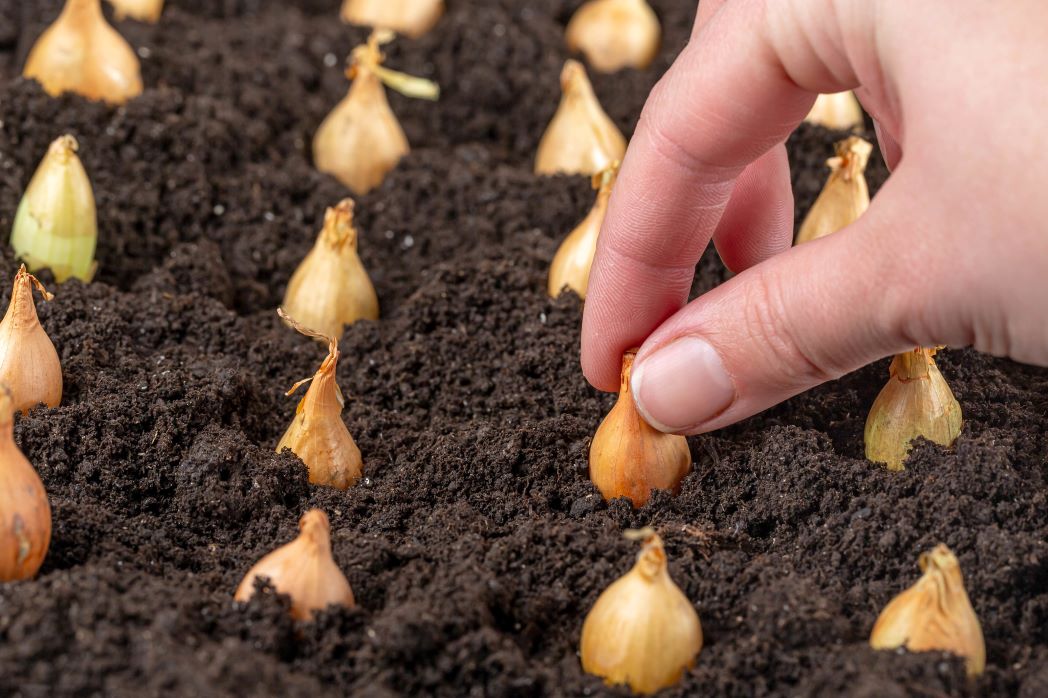
Image source: Flickr.
Growing onions from plants
This is the easiest option of all! Onion plants are usually available in spring and come in strips which need to be grown on - that means that you need to carefully take them out of their strip and plant each one in its own pot of compost until it’s big enough to go in the garden. If the roots are tangled together, you can tease them apart in a bowl of water. If the last frost has passed and the plants are large enough, they can go straight into the garden.
When can I plant onions?
Onions can be grown from sets or plants in spring (early April) or autumn (October to November) - make sure you choose the right type for the season you want to grow them.
Seeds can be sown outside from February to April, with many gardeners starting them indoors in midwinter to get a head start. Wait to sow your seed-grown plants outdoors until the last frost date for your area has safely passed - check yours here.
What kind of soil do onion plants need?
Onions grow best in loose, crumbly soil free from lumps and stones. They have shallow roots, so you’ll get the best results by digging over the first 18-20cm of soil and mixing in some compost to make sure it’s the best possible quality. Make sure you remove all the weeds too, as onions don’t cope well with competition. If you’re planning ahead, it’s worth digging a bag of well rotted manure into the bed the autumn before you plant onions in it.
Can you grow onions in pots?
Since their roots are shallow, it is possible to grow onions in large containers - choose one at least 38 x 38cm (20L), as you will need to plant the sets or young plants 7-10cm apart. Place your pots in a sunny position and bear in mind that plants in pots need more frequent watering than those in the ground.
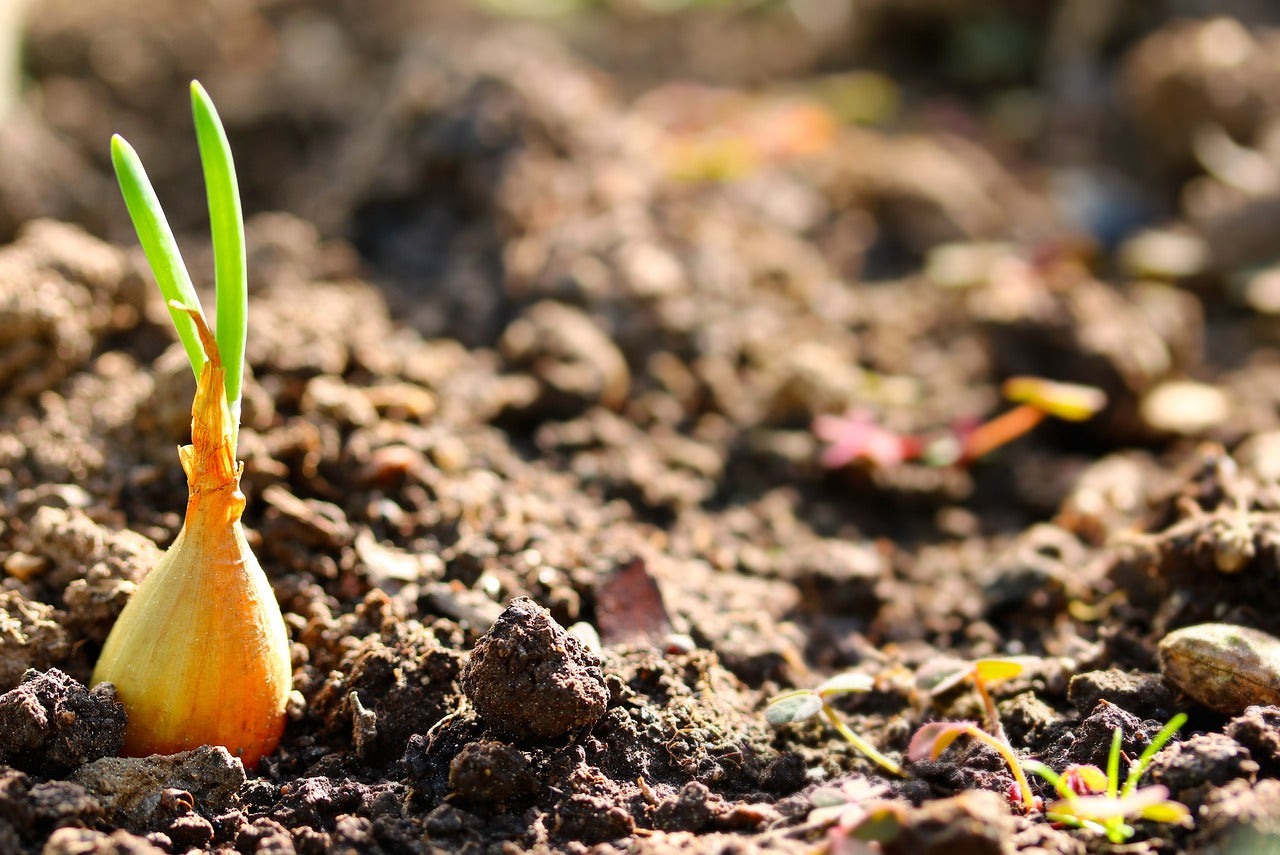
Onion plant care
How much sun do onion plants need?
Onion plants need sun to develop decent sized bulbs, so a position with six to eight hours of direct sunlight throughout spring and summer is best. They’ll do fine with a bit of light shade however, especially if this is in the afternoon, so don’t let this put you off.
How much water do onion plants need?
When you first plant your onion plants, give them plenty of water, then keep the soil consistently moist. Usually until May or June the UK climate is your friend on that score, but as the weather gets warmer and drier, you’ll need to make sure the soil is consistently moist by watering regularly. Make sure you strike the right balance - too little water and the onions’ shallow roots will dry out. Too much and the bulbs will rot. Well draining soil is the key, but if you’re worried yours is too light or too heavy, simply dig it well and mix in plenty of compost or even add some perlite/fine horticultural gravel when planting.
Do you need to feed onions?
When you plant your onions, mix plenty of compost or well rotted manure into the soil - even better, give your beds a good layer of manure the previous autumn. Once they’re in and growing, feed your onions with a good well-balanced fertiliser containing a mix of potassium, nitrogen and phosphorus and following the instructions on the packet, or if you’ve made your own, applying it every 2-3 weeks. Garden compost is high in beneficial nitrogen, so applying a fresh helping of this around the growing plants regularly is also a good idea.
How do I get my onions to grow bigger?
Whether you’re planning to show your onions or simply sauté them, our growers have got a few tricks up their sleeves for getting bigger bulbs.
Firstly, make sure all of your growing conditions are the best they can be: plenty of sun, a bit of plant food, plenty of water in dry weather and plant them early in the season (especially if you’re using seeds). If you feel like you’ve left it a bit late, you can make up the time by growing from plants. Make sure you keep the area around onions free from any weeds too, as they don’t like to compete for nutrients.
Big leaves tend to equate to big bulbs, so if you have a lot of foliage on your onion plants, you can be confident you’re doing it right.
How long do onions take to grow?
Many things can affect the time it takes before you’re pulling up lovely full-grown onions, including your local climate, the weather conditions and the type of onion, but generally speaking you can expect onions from seed in 3-5 months (90-100 days) and from spring planted sets within three months (80 days). Sets planted in autumn will be ready to harvest the following June (8 months) and strip plants planted in spring will give you onions by late summer.
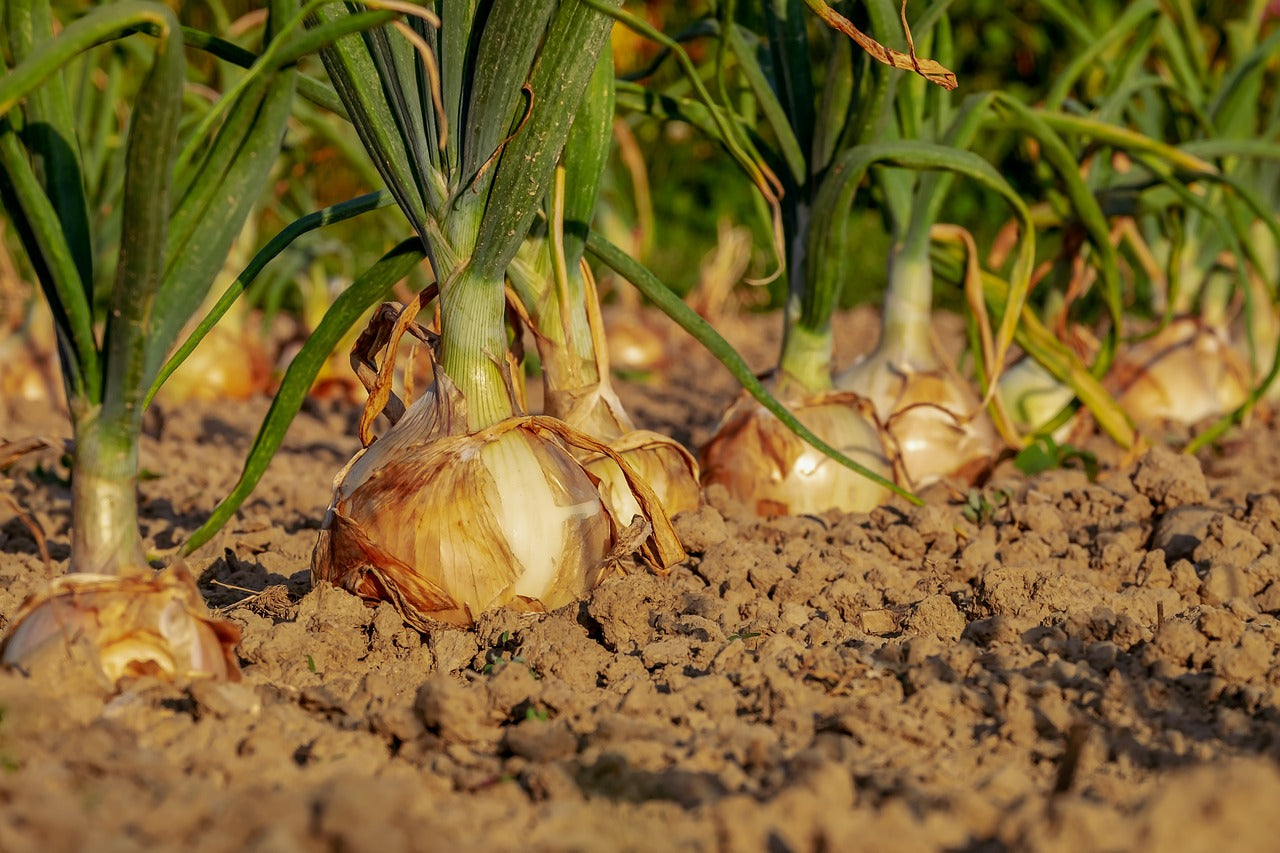
When to harvest onions
Regardless of the season you planted your onions, they’ll be ready when the leaves start to turn yellow or light brown and flop over. You might also see the tops of the bulbs peeping out of the soil. Wait for a day where the soil is dry and gently lift the onions out of the ground with a garden fork or trowel, being careful not to accidentally slice through or impale any.
How to store onions
Once you have harvested your onions, leave them to dry for about two weeks. This can be done somewhere such as a shed or a greenhouse. Arrange the onions to dry with plenty of space between them so air can circulate around them, then you can hang them up to store, in mesh bags or even old tights, somewhere dry and cool. Onions stored properly should keep well for months so you can enjoy them right into the new year. It’s not a good idea to keep onions in the fridge or wrapped in plastic as this can cause them to rot. Like most root vegetables, they are best stored simply in a cupboard or even in the shed if you can guarantee no scampering beasties are going to get to them.
Another option is to freeze your onions - peel and chop them, freeze them on a baking tray then portion them out into small containers to use whenever you need a chopped onion in a hurry.

Onion plant problems
Onion fly
The onion fly hatches its eggs at the base of the plant and the resulting maggots eat away the bulb and roots - you might see the leaves wilting and turning yellow prematurely. A horticultural fleece or fine mesh over your plants offers some protection. You can also plant mint or another strong smelling herb near your onions as a companion plant to confuse and deter the little villains (but plant your mint in a pot as it will take over your plot otherwise!).
Allium leaf miner
If only this one would go on strike. The allium leaf miner is a small fly about 3mm in length, whose maggots eat the plant from the inside out, causing white blotches to form on the stems. As above, horticultural fleece, mesh or companion plants offer some protection.
White onion rot
White onion rot is a fungal infection that makes the stems and leaves go yellow and wilt while the bulbs underground rot and become covered in a white fungus. Gross. There’s nothing you can do to cure white onion rot, but you can avoid it by maintaining good garden hygiene. Ask any fellow allotmenteers to wash their shoes and tools if they’re on your patch, to reduce the risk of it spreading. If you do get white onion rot, bin or burn all the onion plants in your garden, sterilise your tools and shoes and don’t plant onions there for the rest of eternity (well, around fifteen years).
Allium rust
Allium rust is another fungal infection - this one causes tiny orange, rusty coloured bumps to appear on the leaves. It’s not as serious as white onion rot, you’ll be glad to hear, but if the plant suffers from a serious infection it will reduce the size of the crop. Rust thrives in crowded, humid conditions, so to avoid it, space your plants out well and water them at the base in the morning, allowing the sun plenty of time to evaporate the water on the leaves. Rust is also unable to live on dead plant matter, so if you get a rust infection one year, just clear the plot over winter to banish the fungus.
Last updated: 22/02/2024
